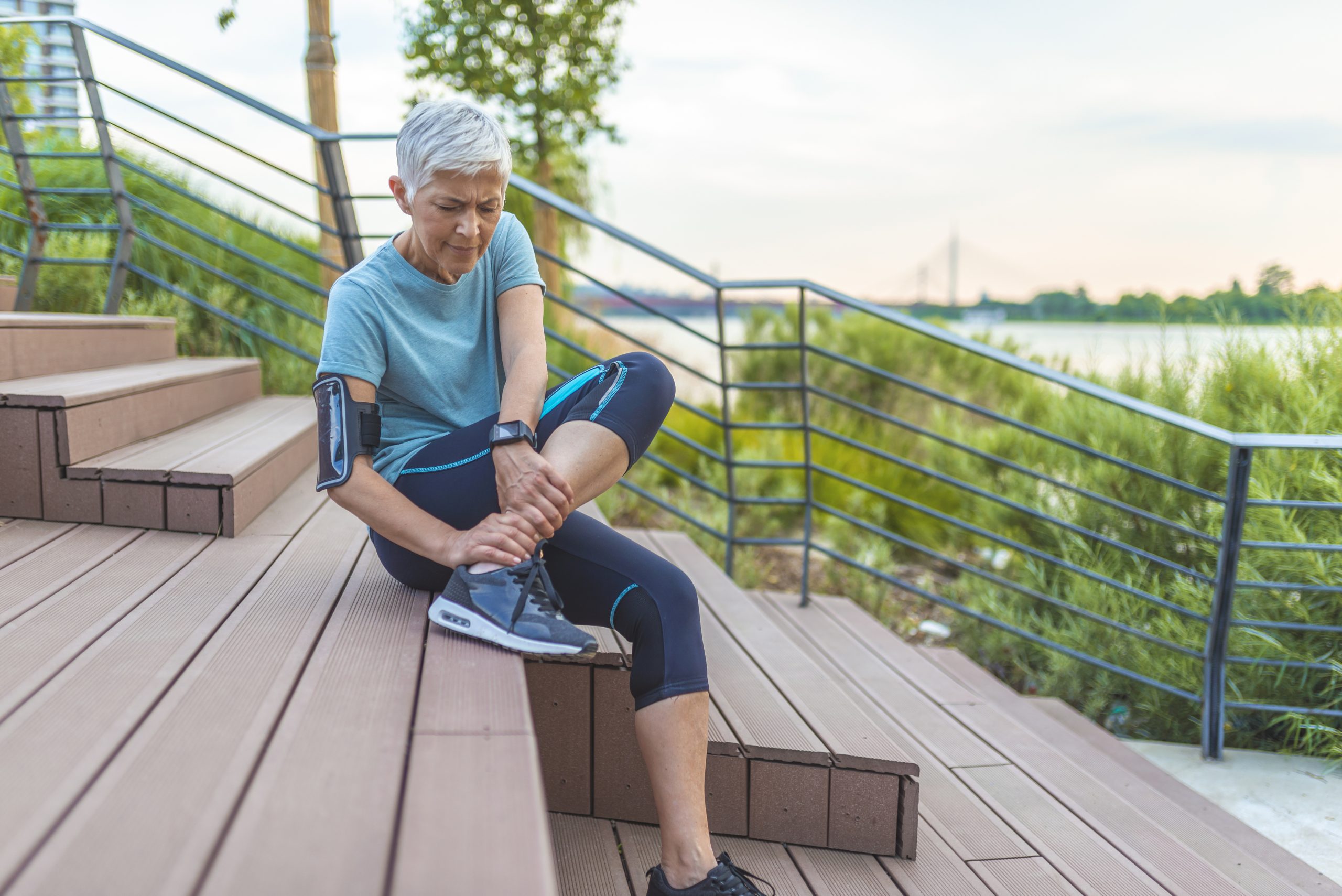How movement helps heal sprains and strains

If you’ve ever sprained a ligament or strained a muscle or tendon, you’re likely familiar with the RICE method – Rest, Ice, Compression and Elevation – or the similar PRICE, which adds Protection. Most health professionals still recommend RICE or PRICE to alleviate the pain and swelling of soft-tissue injuries, but you might also hear other injury-rehabilitation acronyms: MICE, which replaces Rest with Motion; MEAT, which stands for Movement, Exercise, Analgesics and Treatment; and even POLICED, short for Protection, Optimal Loading, Ice, Core strength, Education and Diet.
Why are some care providers shifting away from RICE? Over the years, some research has called the method’s effectiveness into question. A literature review conducted in 2015 could not find evidence to support elevation and compression for sprains and strains. Other reviews have concluded that there is insufficient evidence for icing soft-tissue injuries; one concluded that icing a sprained ankle is “based largely on anecdotal evidence.” A study published in 2013 found that applying an ice pack to a muscle injury could even delay healing.
In 2015, the doctor who coined the RICE acronym in the ’70s, Gabe Mirkin, changed his mind about the “R” and the “I,” saying that “now it appears that both ice and complete rest may delay healing, instead of helping.” Why? Icing restricts blood flow to the injured area, which reduces inflammation – the body’s natural protective response – but also prevents healing cells from doing their job. (Sufferers of minor injuries can still apply ice for short periods to reduce pain, within the first six hours after an injury.)
While it’s true that not everyone agrees on which acronym to follow – many care providers and health authorities continue to recommend RICE – there does seem to be a growing movement (no pun intended) towards incorporating more motion into the recovery process. Dr. Mirkin notes on his website that people who have minor injuries can usually start rehabilitation the following day: “You can move and use the injured part as long as the movement does not increase the pain and discomfort.”
While you might be inclined to immobilize a sprained or strained body part completely, see if you can do some gentle movement. This promotes healing by increasing blood flow to the injured area, which in turn supplies more oxygen and enhances metabolic-waste removal. (For advice on recovering from soft-tissue injuries, consult your physician or a physiotherapist.)
That brings us to the two newest injury-rehabilitation acronyms: PEACE & LOVE, proposed by physiotherapists Blaise Dubois and Jean-Francois Esculier in 2019. In the first few days after an injury, they recommend PEACE, which stands for Protection, Elevation, Avoid anti-inflammatories, Compression and Education. After that, they suggest LOVE, which represents Load, Optimism, Vascularization and Exercise – all of which will help you regain your mobility after an injury.
As Dubois and Esculier explain in their article on the British Medical Journal blog, taking an active approach is beneficial in rehabilitating soft-tissue injuries. Load, Vascularization and Exercise all harness the power of movement (without added pain) to promote optimal recovery.
Bayshore Home Health offers a wide range of home care services to help Canadians live independently for as long as possible. Contact us at 1-877-289-3997 for details.
